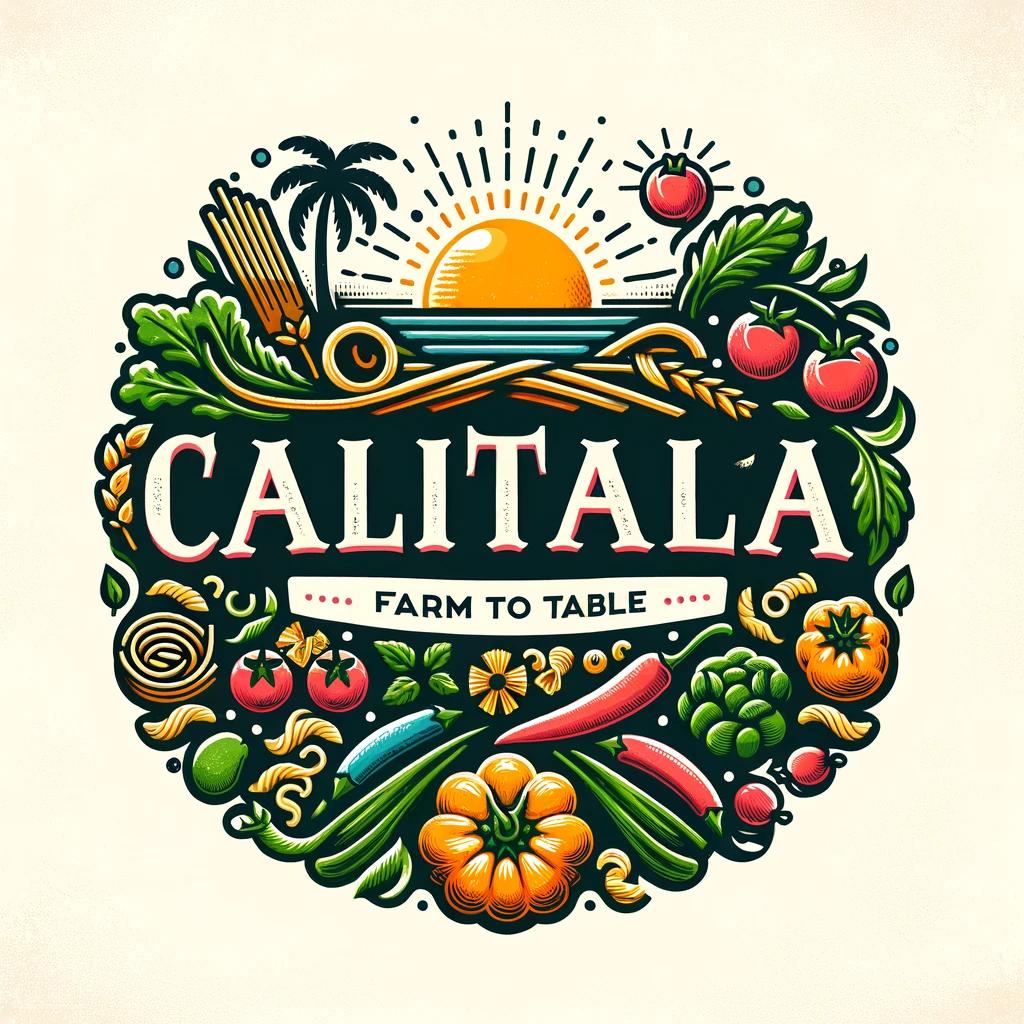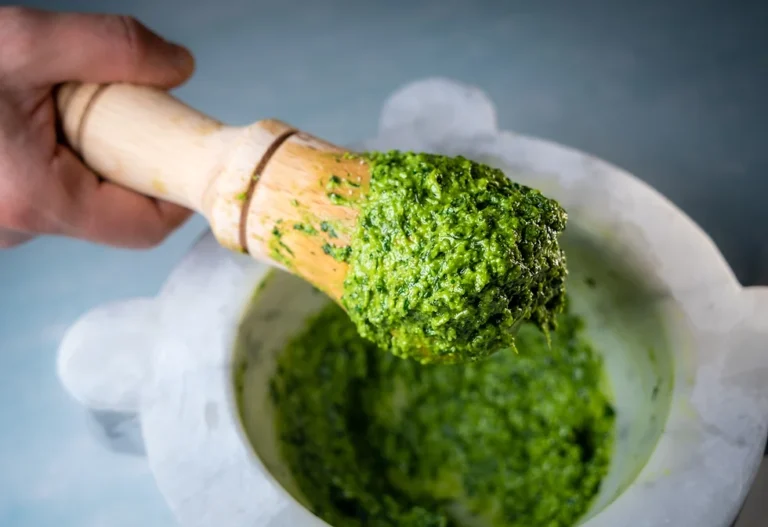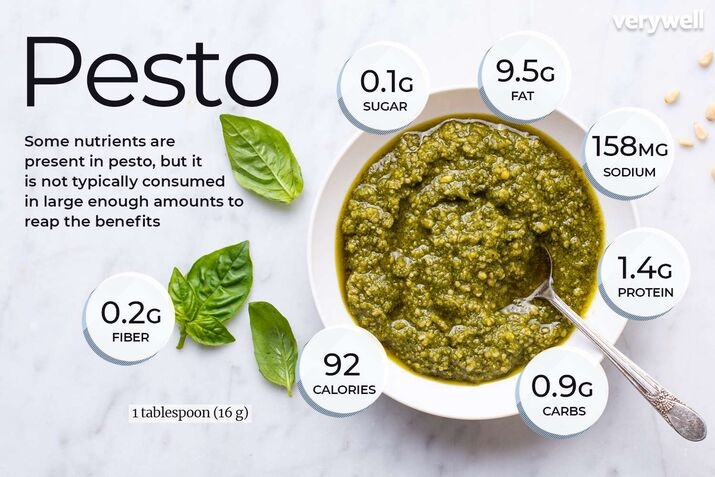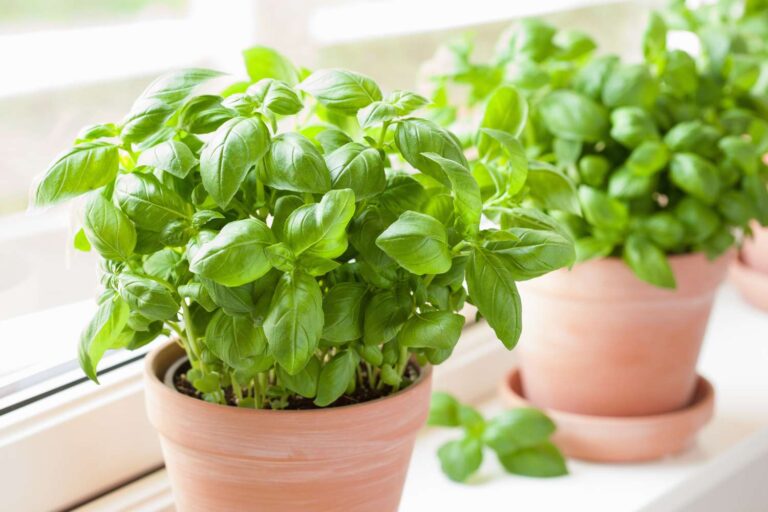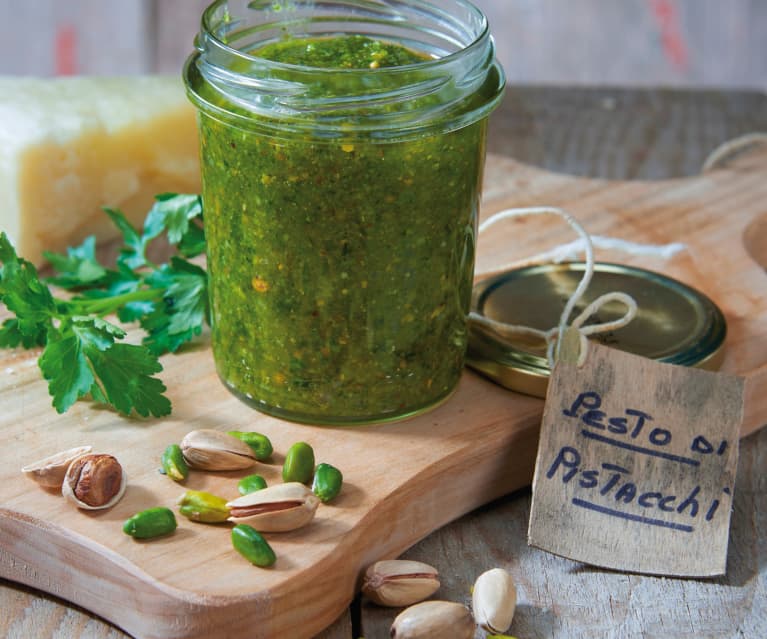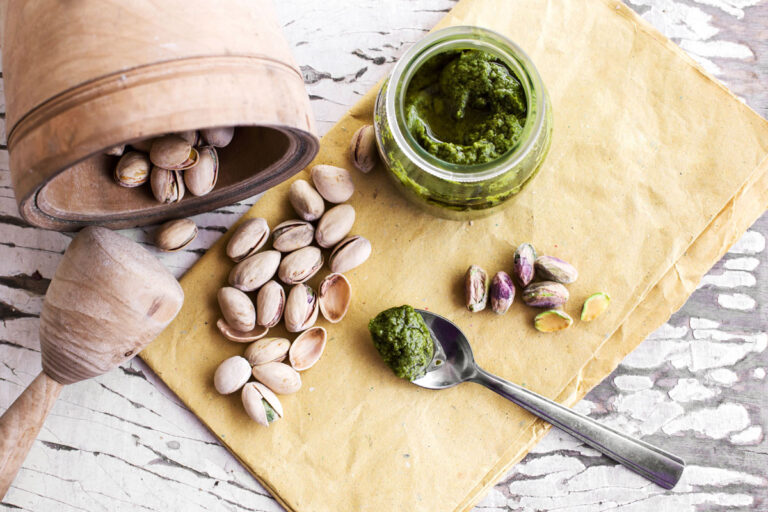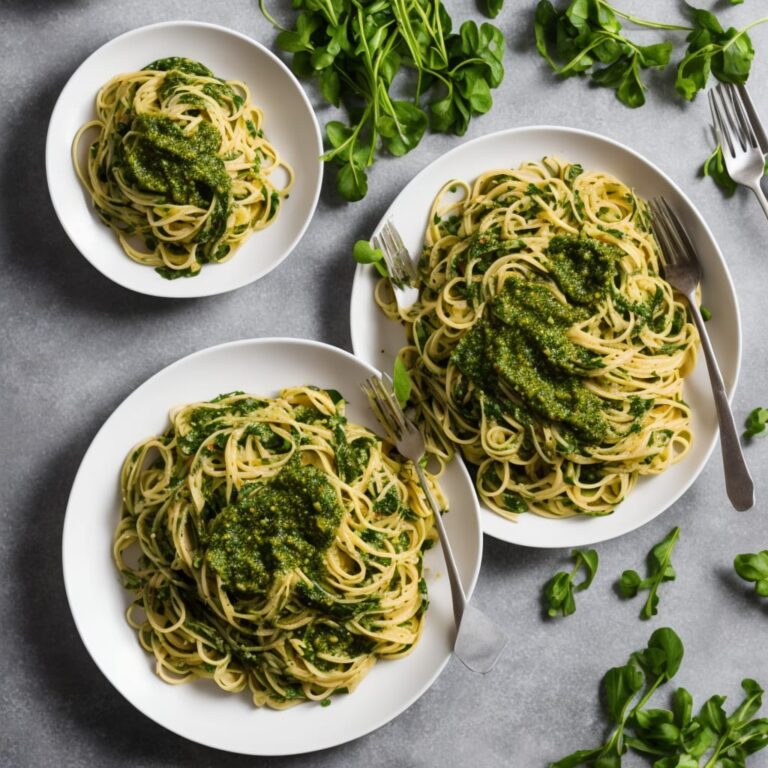Pesto, a classic Italian sauce, is beloved for its vibrant flavor and versatility. At its core, pesto combines fresh basil, garlic, nuts, olive oil, and cheese, creating a symphony of tastes that can elevate any dish. The choice of cheese in pesto is crucial as it contributes significantly to the sauce’s overall flavor and texture. While Parmesan is the traditional go-to, various cheeses can bring unique characteristics to your pesto.
This article explores different cheese options for pesto, offering both traditional and alternative choices, including vegan options.

Parmesan Cheese
Traditional Choice
Parmesan cheese, known in Italy as Parmigiano-Reggiano, is the quintessential cheese for making pesto. Its history dates back to the Middle Ages, originating in the Parma and Reggio Emilia regions. Renowned for its hard texture and rich, savory flavor, Parmesan has become synonymous with Italian cuisine. When making pesto, the sharp and nutty notes of Parmesan complement the fresh basil and garlic, creating a well-rounded and robust sauce.
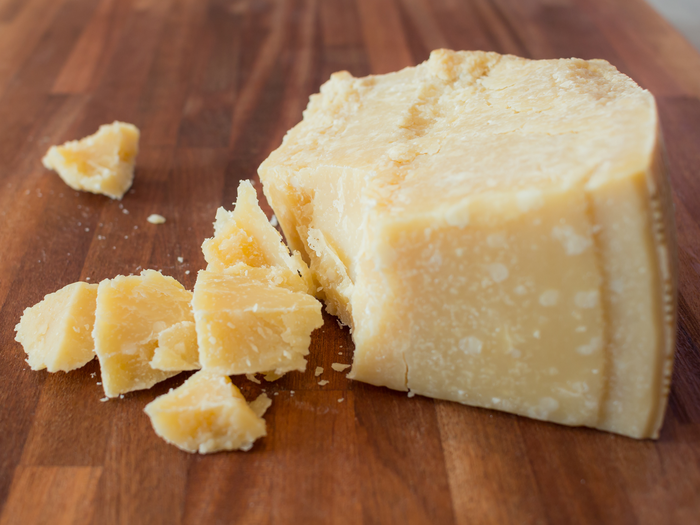
Parmesan is made from cow’s milk and aged for a minimum of 12 months, with some varieties aging up to 36 months or more. The aging process enhances the cheese’s flavor, making it more complex and intense. This aging also contributes to its crumbly texture, which integrates well into the pesto.
Flavor and Texture
Parmesan cheese brings a complex depth of flavor to pesto. Its umami-rich profile enhances the taste of the basil while balancing the pungency of garlic. The granular texture of Parmesan allows it to blend seamlessly with the other ingredients, ensuring a smooth and creamy consistency. Aged Parmesan, which can range from 12 to 36 months, offers varying intensities of flavor, allowing you to tailor your pesto to your preference.
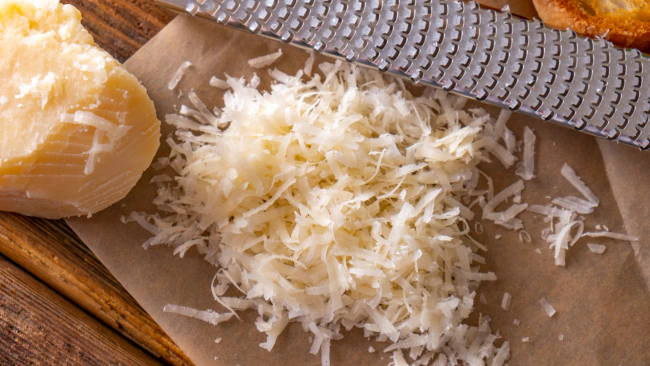
The umami, or savory taste, found in Parmesan comes from glutamate, a naturally occurring amino acid. This characteristic makes Parmesan a powerful flavor enhancer in dishes like pesto. The hard, crystalline structure of aged Parmesan also ensures it grates finely, dispersing evenly throughout the sauce.
Alternative Cheese Options for Pesto
While Parmesan is the traditional choice, other cheeses can also create delicious variations of pesto. Exploring these alternatives can add a new dimension to your pesto-making experience.
Pecorino Romano
Pecorino Romano is a hard, salty cheese made from sheep’s milk. It is a staple in Roman cuisine and offers a distinct flavor profile compared to Parmesan. Pecorino Romano has a sharper, tangier taste, which can add a bolder flavor to your pesto. Its saltiness can enhance the other ingredients, making it a great choice for those who enjoy a more pronounced cheese flavor in their pesto.
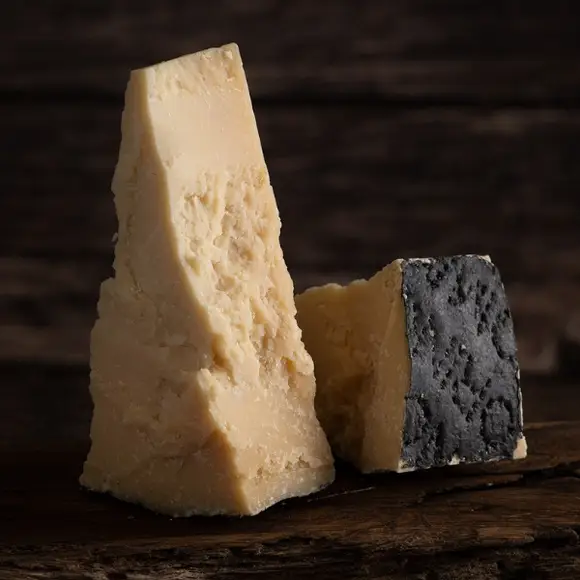
Pecorino Romano is aged for at least eight months, giving it a dense, crumbly texture. This cheese has a higher salt content than Parmesan, which can reduce the need for additional salt in your pesto recipe. The robust flavor of Pecorino Romano pairs well with the aromatic basil, creating a pesto that is both vibrant and intensely flavorful.
Grana Padano
Grana Padano is another hard cheese from Italy, similar to Parmesan but with a slightly milder taste. It is made from cow’s milk and aged for a minimum of nine months. Grana Padano has a sweet, nutty flavor that can complement the fresh ingredients in pesto without overpowering them. Its smooth texture allows it to blend well, providing a creamy consistency to the sauce. Using Grana Padano can result in a pesto that is rich and flavorful yet subtly different from the traditional version.
Grana Padano’s production is similar to Parmesan, but the cheese is less granular and more delicate in flavor. This makes it an excellent alternative for those who prefer a less intense cheese in their pesto. The cheese’s smooth, buttery texture ensures a creamy pesto, perfect for pasta dishes or as a spread on bruschetta.
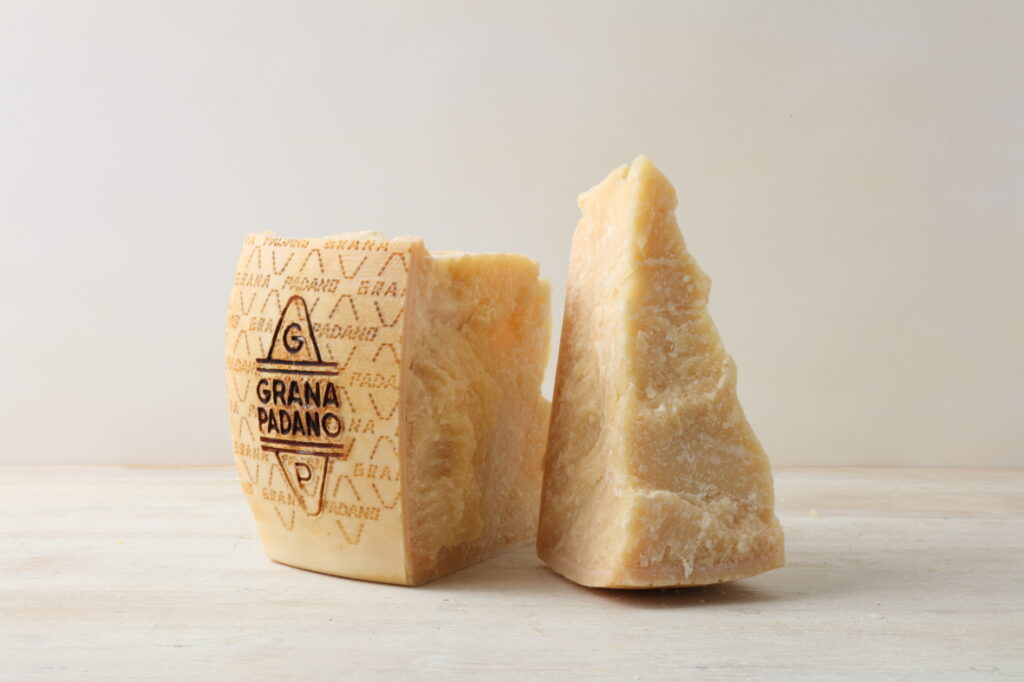
Asiago
Asiago cheese is another delightful alternative to consider. Made from cow’s milk, Asiago comes in two main types: fresh (Asiago Pressato) and aged (Asiago d’Allevo). The aged variety, which is harder and more crumbly, is better suited for pesto. Asiago’s flavor ranges from sweet and nutty when young to a more intense and tangy profile as it ages. Incorporating aged Asiago into your pesto can introduce a unique taste that stands out from the traditional recipe.
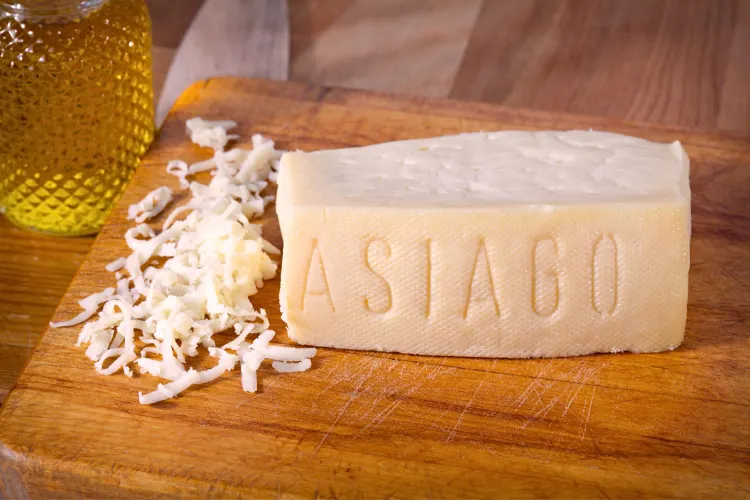
Ricotta Salata
Ricotta Salata is a pressed, salted, and aged version of ricotta cheese. It has a firm texture and a mild, slightly tangy flavor. This cheese can be grated similarly to Parmesan, making it a suitable substitute for a different pesto variation. Ricotta Salata’s milder taste allows the basil and garlic to shine, providing a well-balanced sauce.
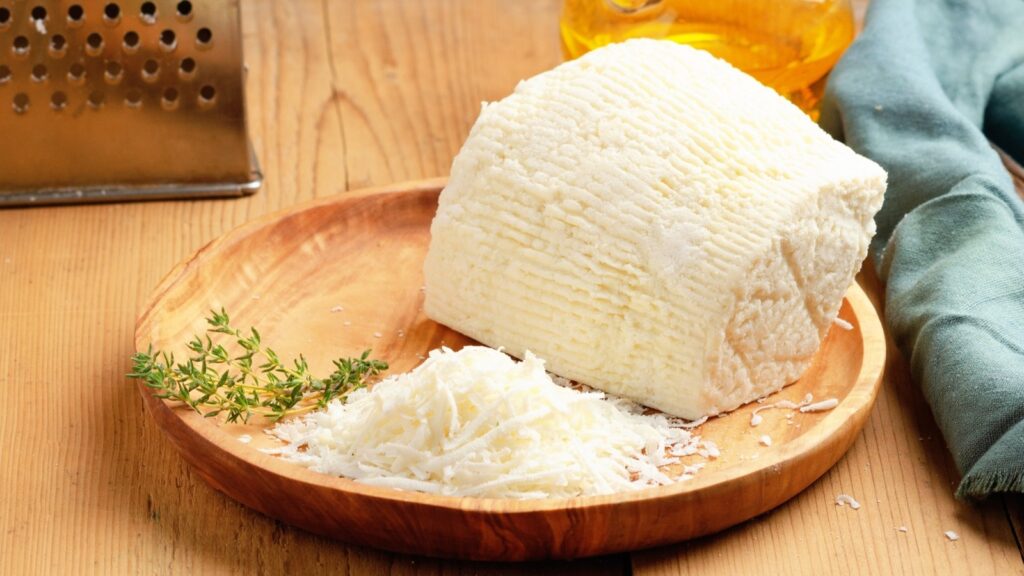
Vegan Cheese Options
For those following a vegan diet or looking for dairy-free alternatives, several options can mimic the flavor and texture of traditional cheese in pesto.
Nutritional Yeast
Nutritional yeast is a popular vegan substitute for cheese due to its savory, nutty flavor that closely resembles Parmesan. Rich in B vitamins and protein, nutritional yeast is a nutritious addition to vegan pesto. When blended with basil, garlic, and nuts, it provides a cheesy flavor without the dairy. Its flaky texture helps to create a smooth and creamy pesto, making it an excellent choice for those seeking a vegan alternative.
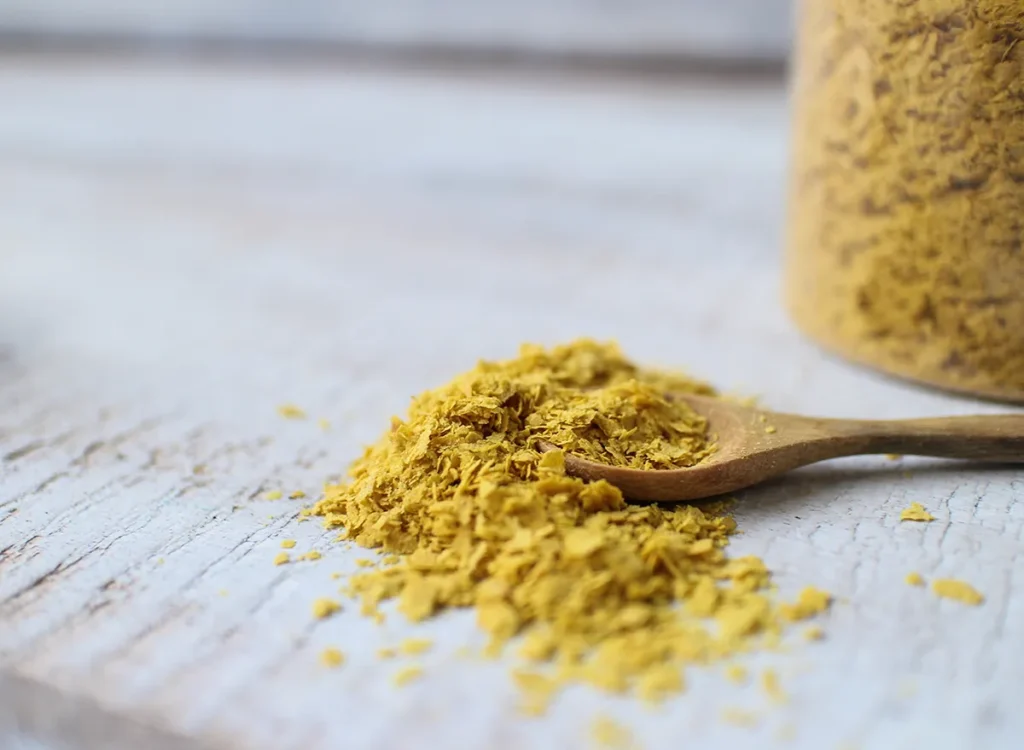
Nutritional yeast is also known for its health benefits. It is a complete protein, containing all nine essential amino acids, and is fortified with vitamins and minerals, making it a nutritious addition to your diet. Its natural umami flavor enhances the taste of pesto, making it a satisfying substitute for traditional cheese.
Cashew Cheese
Cashew cheese is another great vegan option for pesto. Made from soaked and blended cashews, this cheese has a creamy texture and a mild, slightly sweet flavor. Cashew cheese can be seasoned with nutritional yeast, lemon juice, and salt to enhance its cheesy flavor. When incorporated into pesto, it provides a rich and creamy consistency that rivals traditional cheese-based pestos. Cashew cheese is also a versatile ingredient that can be customized with various herbs and spices to suit your taste.
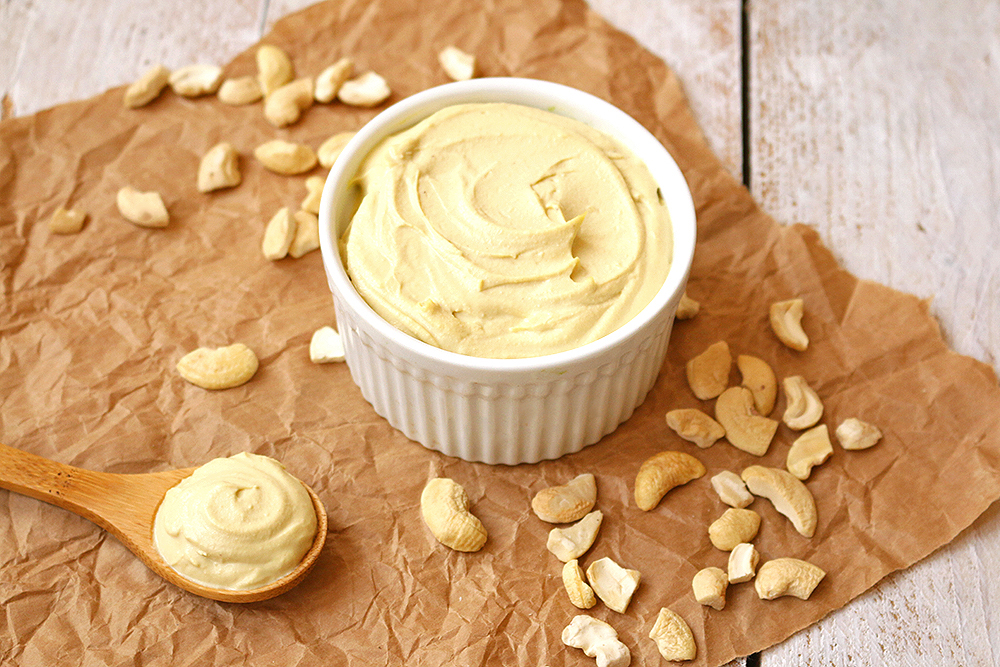
The process of making cashew cheese involves soaking raw cashews in water to soften them, then blending them with ingredients like lemon juice, nutritional yeast, and garlic until smooth. The result is a creamy, spreadable cheese that works wonderfully in pesto. Cashew cheese’s rich, buttery texture and mild flavor make it an ideal base for vegan pesto, ensuring a delicious and dairy-free sauce.
Tofu-Based Cheese
Tofu-based cheese can also be a good alternative for vegan pesto. By blending silken tofu with nutritional yeast, lemon juice, and garlic, you can create a creamy, cheesy mixture that works well in pesto. Tofu’s neutral flavor allows it to absorb the flavors of the other ingredients, providing a smooth and velvety texture to the pesto.

Tofu is an excellent source of plant-based protein and contains all essential amino acids. It’s also low in calories and rich in iron and calcium, making it a nutritious addition to vegan pesto. The blending process ensures a consistent texture, allowing the tofu-based cheese to mix seamlessly with the basil and nuts.
Macadamia Nut Cheese
Macadamia nut cheese is another delicious vegan option. Macadamia nuts have a rich, buttery flavor and a creamy texture when blended. To make macadamia nut cheese, soak the nuts overnight, then blend them with nutritional yeast, lemon juice, and a pinch of salt. The resulting cheese has a smooth, spreadable consistency that works beautifully in pesto.
Macadamia nuts are high in healthy fats, particularly monounsaturated fats, which are beneficial for heart health. They also contain antioxidants and essential nutrients like magnesium and manganese. Using macadamia nut cheese in pesto provides a rich, creamy sauce that is both delicious and nutritious.
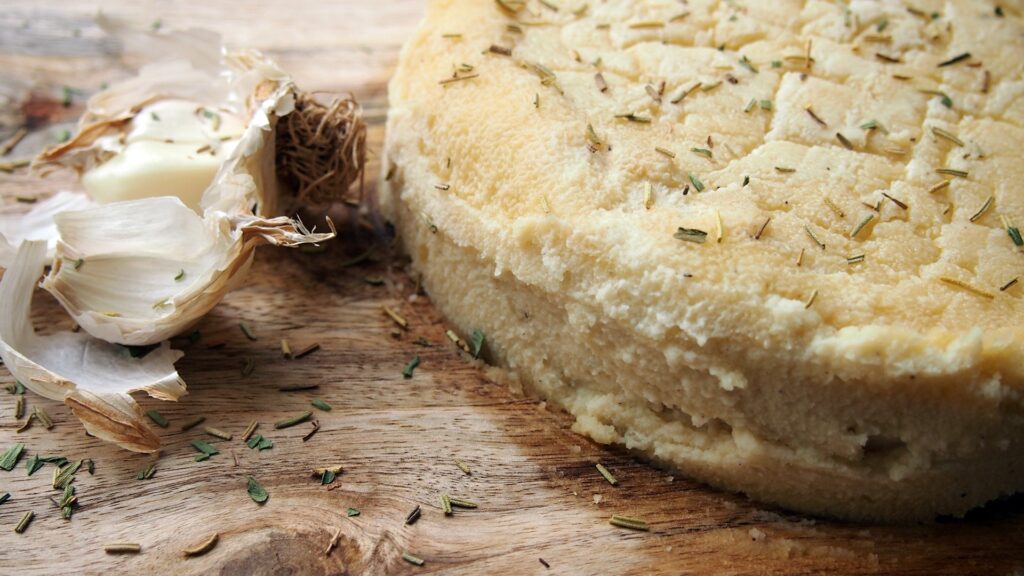
Hemp Seed Parmesan
Hemp seed Parmesan is a unique vegan cheese option that combines hemp seeds with nutritional yeast and spices to create a cheesy, nutty flavor. Hemp seeds are rich in protein, healthy fats, and essential nutrients, making them a nutritious addition to vegan pesto.
To make hemp seed Parmesan, blend hemp seeds with nutritional yeast, garlic powder, and a pinch of salt until you achieve a crumbly, cheese-like texture. This mixture can be sprinkled into the pesto, providing a cheesy flavor and a boost of nutrition. Hemp seed Parmesan’s nutty taste and crunchy texture add an interesting twist to traditional pesto.
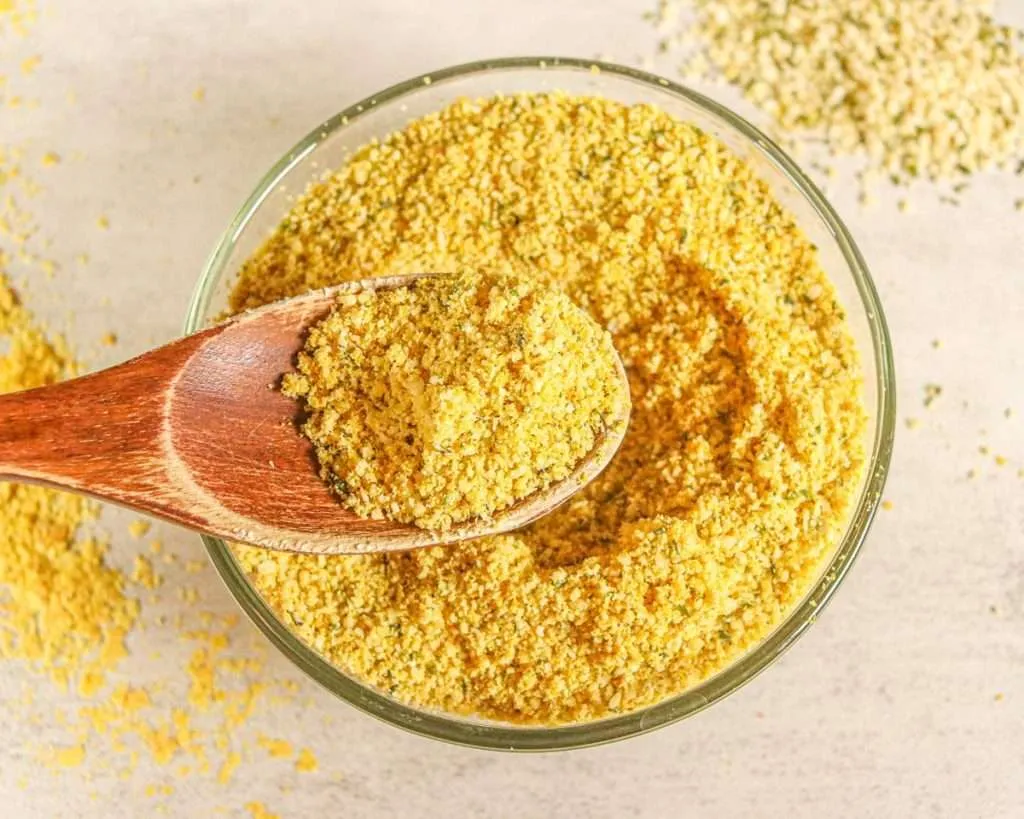
Conclusion
Choosing the right cheese for your pesto can significantly impact its flavor and texture. While Parmesan remains the traditional and most popular choice, exploring alternative cheeses like Pecorino Romano and Grana Padano can bring new and exciting flavors to your pesto.
For those seeking vegan options, nutritional yeast and cashew cheese offer delicious and dairy-free alternatives. Experimenting with different cheeses allows you to create a pesto that suits your palate and dietary preferences, ensuring a delightful culinary experience every time.
FAQs
Disclosure: Our blog contains affiliate links to products. We may receive a commission for purchases made through these links. However, this does not impact our reviews and comparisons. We try our best to keep things fair and balanced, in order to help you make the best choice for you.
